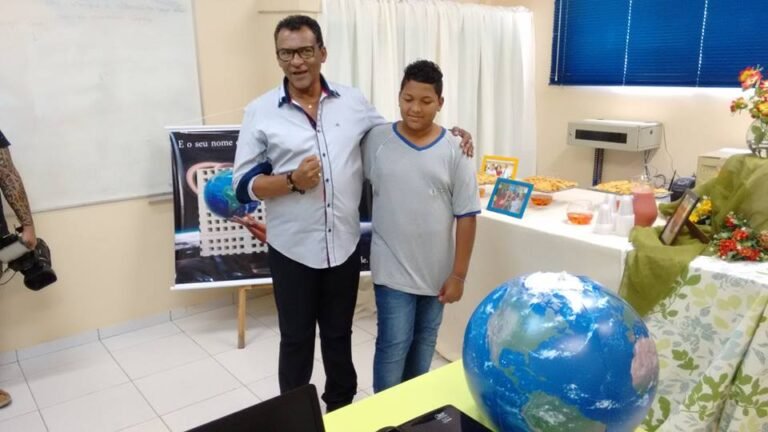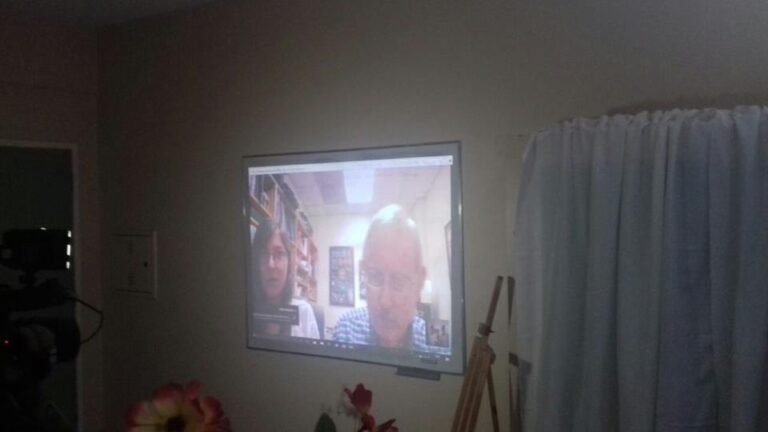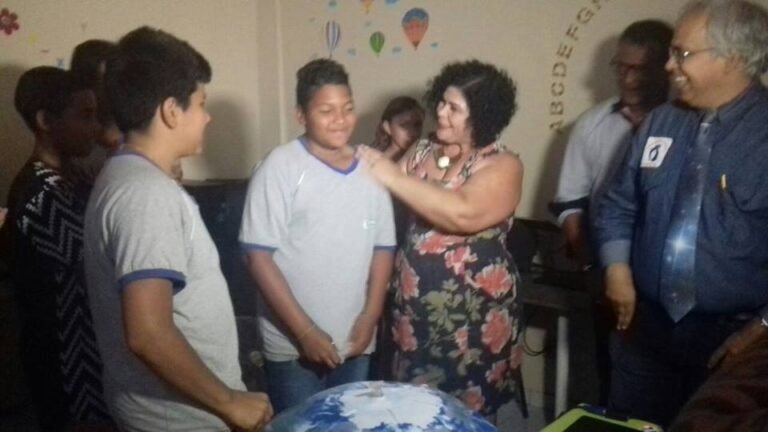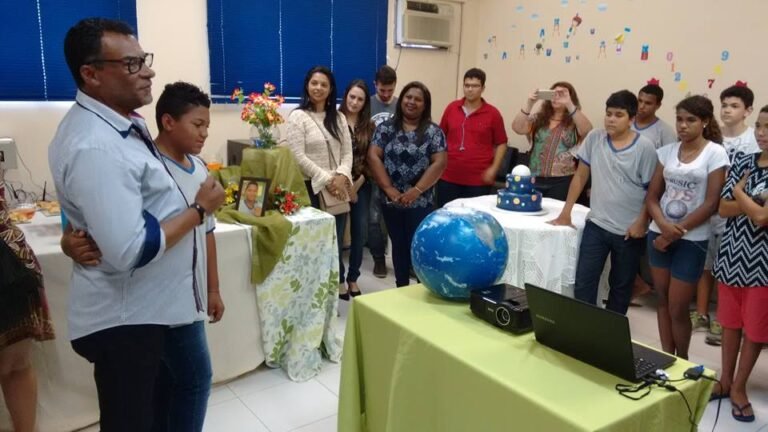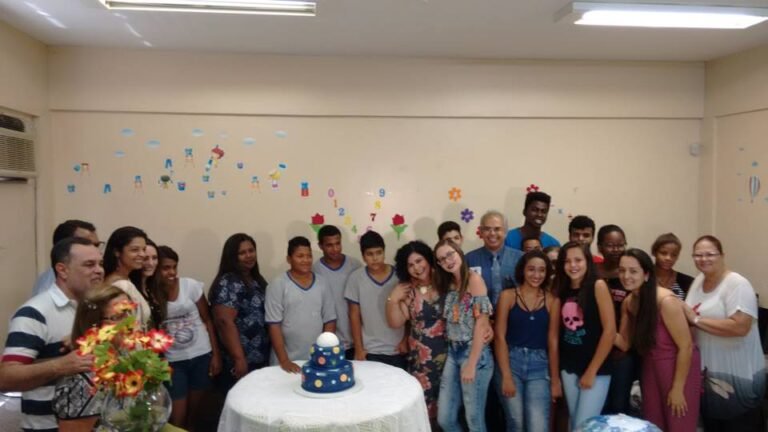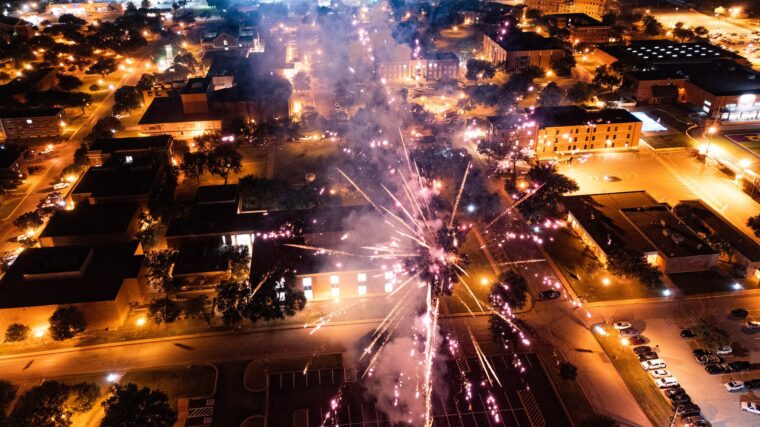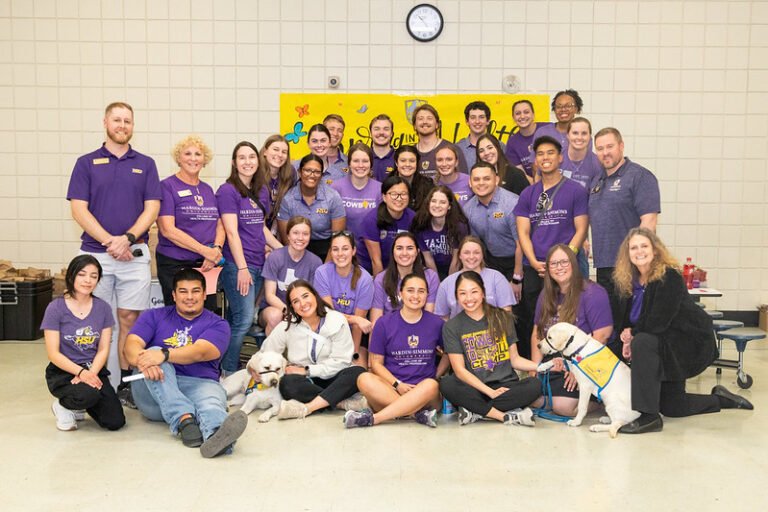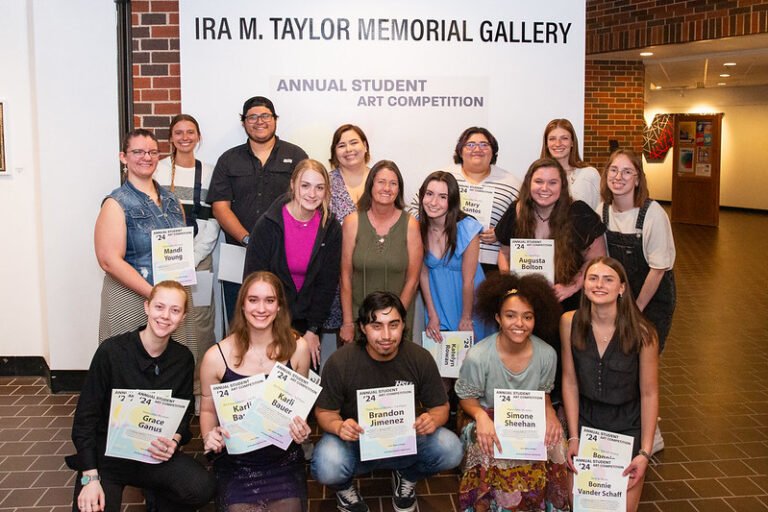HSU Professor Names Asteroid after Brazilian Student
Encourages Higher Education for Children in the Slums
When HSU mathematics professor, Dr. Patrick Miller, met one special student in the slums of Brazil, he changed the boy’s life forever.
12-year-old Cristian dos Santos Martins attends a low income school in a slum area in the city of Campos dos Goytacazes near Rio de Janeiro, but he excelled in astronomy. He discovered several asteroids through HSU’s online outreach program, International Astronomical Search Collaboration (IASC).
IASC reaches 1,000 schools located in 80 countries each year. Students from these schools make original discoveries of Main Belt asteroids located between the orbits of the planets Mars and Jupiter.
Cristian’s outstanding performance in the IASC prompted Dr. Miller to recognize him at the April 2017 International Meeting. Along with certificates of achievement, Dr. Miller made a proposal to the International Astronomical Union to name an asteroid in Cristian’s honor.
While Cristian had discovered asteroids of his own, the official naming process overseen by the International Astronomical Union in Paris can take 6-10 years. Therefore, Dr. Miller decided to name in Cristian’s honor one of the asteroids that he and former Hardin-Simmons student Jeff Davis discovered in 2007.
The goals of the recognition were to encourage Cristian in his enthusiasm for astronomy and to inspire him to go to college.
“We wanted to identify a child who had become very excited about science through the IASC program from HSU,” said Dr. Miller. “Coming from the slum areas, he might never even consider going to college, much less becoming a professional in science or mathematics. We wanted to find a student who was excited about science because of IASC and then change his or her life.”
On Nov. 10, the national television network of Brazil went to Cristian’s school under the guise that it wanted a story on a school that participates in IASC. In reality, the network was there to film Cristian when, in a video conference, Dr. Miller announced that the name of “Cristian Martins” was officially accepted by the International Astronomical Union in his honor. Also participating in the videoconference was IASC coordinator Cassidy Davis.
Cristian had no idea that this was all arranged for him. He was thrilled to learn that professional astronomers all over the world will now identify that asteroid by using his name.
Dr. Miller’s long term plan is to approach an international service or charity organization and set up accounts for students like Cristian when they are awarded this special honor. When those students reach college age, the funds in their accounts will be used to support their studies at universities.
In Oct. 2006, IASC began as a small online outreach program of only five schools. Today it has grown to 1,000 schools in 80 countries. These include middle schools, high schools, and college and universities. Students have made more than 1,350 discoveries of asteroids, including seven objects out past Neptune and one comet.
“We have students in Vietnam whose parents work in the rice paddies. We have students in the Philippines who live in the mountains—thousands of students all over the world,” said. Dr. Miller.
Every year IASC sends images of the night sky from major observatories, located at the University of Hawaii and the University of Arizona. After receiving them, the students download the images and search for asteroids. Teachers often integrate IASC into their curriculum as a special lab or assign it to two or three students with a special enthusiasm for astronomy. However, Dr. Miller sees this program as more than a science project.
“I want to use IASC to change students’ lives, and lead them into professional fields that they, otherwise, would never have dreamed possible.”
